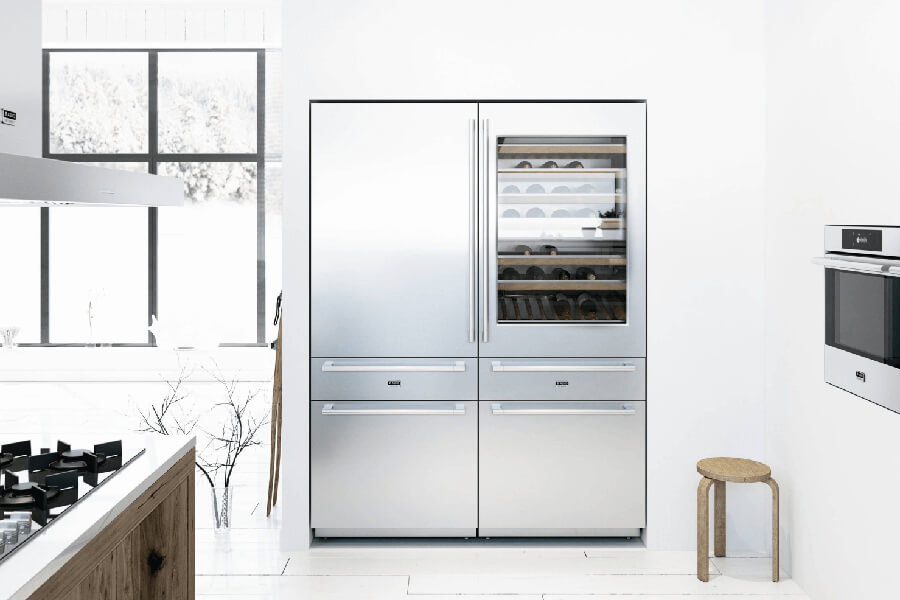The household refrigerator is perhaps the hardest working appliance in the entire Aussie household, being on call 24 hours a day, 7 days a week, 365 days a year!
This means it potentially has the highest energy consumption of all your household appliances.
But not all is lost!
What if there was a way to reduce your cooling expenditure and promote a cleaner, more sustainable way of living?
Take a look at these 8 easy ways to save electricity with your fridge and you’ll see how you can save on your power bills. After all, the greenest watt is the watt you don’t have to use.
1: Clean those coils!
The coils located outside your fridge are part of the mechanism directly responsible for removing heat from your food and keeping it cool.
However, fridge coils tend to be a magnet for dust and dirt. Especially for those of us that enjoy having pets around the home.
As a result, this grime builds up and insulates the coils, making it harder to remove heat from your chilled goods. Results have shown dirty coils can reduce efficiency by up to 30%!
To save some coin, first unplug your fridge and give your coils a gentle vacuum followed by a wipe down. Your coils don’t need to be immaculate, but at least visually clean and free from grit. This will let your fridge remove heat as efficiently as possible.
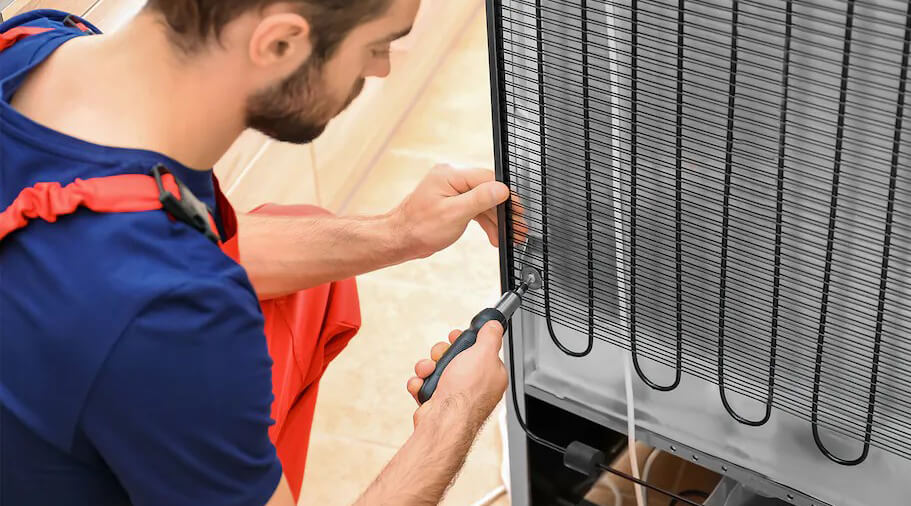
Coils may be located underneath modern fridges, whereas older fridges tend to have their coils on the back.
Take a minute to clean those coils! Your fridge will kindly repay you with reduced energy bills!
2: Location, location, location
Fridge location is vital! Just as you wouldn’t try to cool down on a hot day by standing in the sun or next to an oven, your fridge works best when kept away from nearby heat sources.
By keeping your fridge in a warm place – i.e next to an oven, heater, or even in direct sunlight, your poor appliance is having to work harder just to break even!
Avoid keeping fridges in a place that has low air ventilation, near a warm wall or near a heat producing appliance (such as an oven).
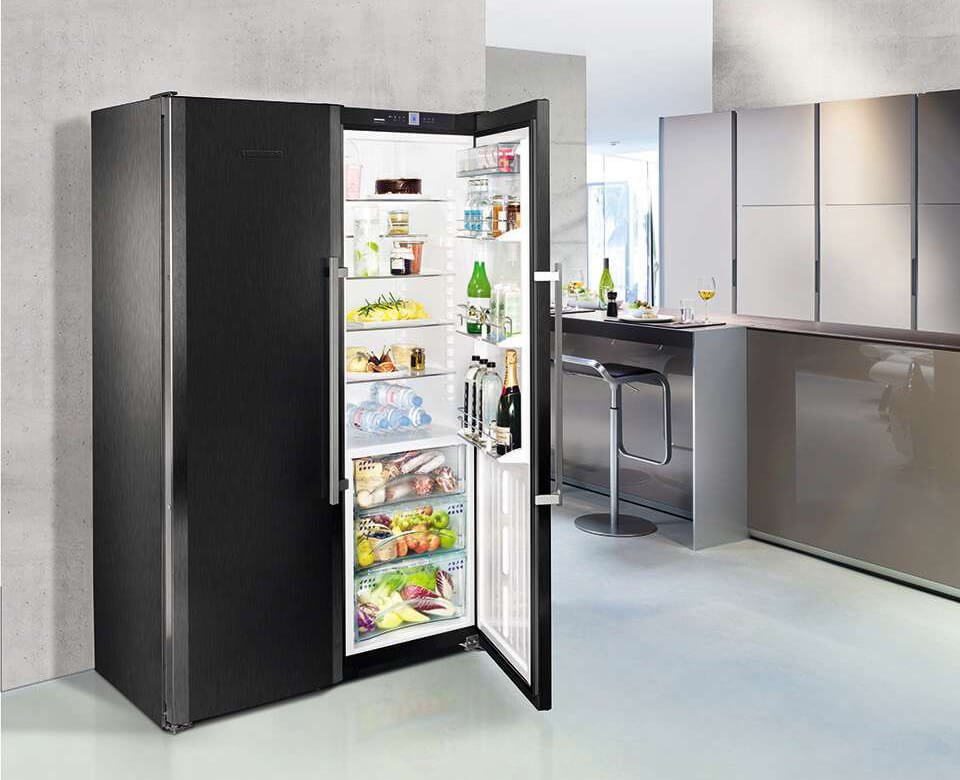
Many also think that the Garage is a great place to store that extra fridge, and it just might be in terms of space. However, studies have shown that the garage is often the hottest room in the house with poor ventilation. This makes it possibly the worst place to put a fridge if you’re trying to reduce your power bill.
The best practice is to make do with one fridge for all your needs if at all possible. If you do need a second fridge, think carefully about where you’ll place it so you can save on your energy bills.
3: Mind the gap
Your fridge works, not by directly lowering its internal temperature, but by removing excess heat from the inside to the outside, until it reaches your desired temperature.
And what happens to that excess heat? It gets released into the surrounding environment. But what happens if there’s nowhere for that heat to go?
Unfortunately, that heat gets reabsorbed into the coolant system, dramatically lowering your refrigerator or freezer’s cooling efficiency. However to avoid this, leave a small gap between the wall and fridge so any vented heat can flow away from the system.
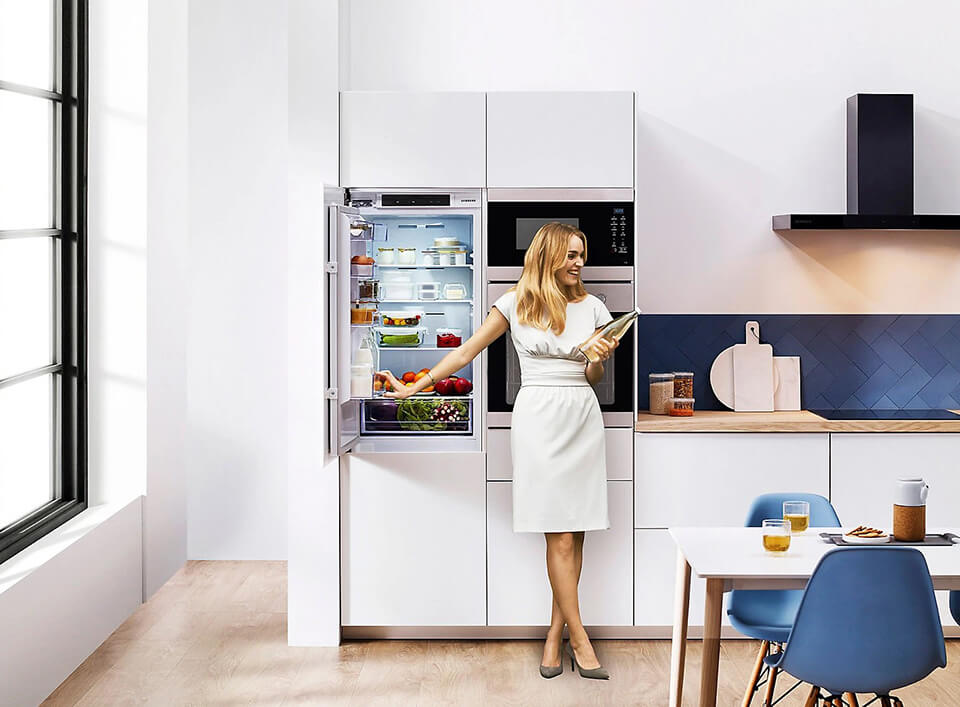
The gap doesn’t have to be big, but a modest gap of 5cm – 9cm can drop running costs by as much as 15%.
Think about it, if your fridge is sealed in tightly with the surrounding walls, it’s akin to wearing a thick winter coat when you’re trying to cool down! It’s counterproductive and exhausting!
Be kind to your cooling appliances and leave that gap! They’ll in turn be kind to your electricity bill.
4: Limit in-fridge sightseeing
*insert guilty look here* – We’ve all been there; caught hanging out at the fridge looking unnecessarily for something to snack on, or worse yet, opening the fridge and forgetting why we’re even there.
As comedic as this occurrence might be, doing it often enough actually can lead to increases in your power bill. How so?
When you open the door, the cool internal environment of the fridge gets warmed by your body and the external environment, meaning your fridge now has to work harder to undo that sudden temperature change.
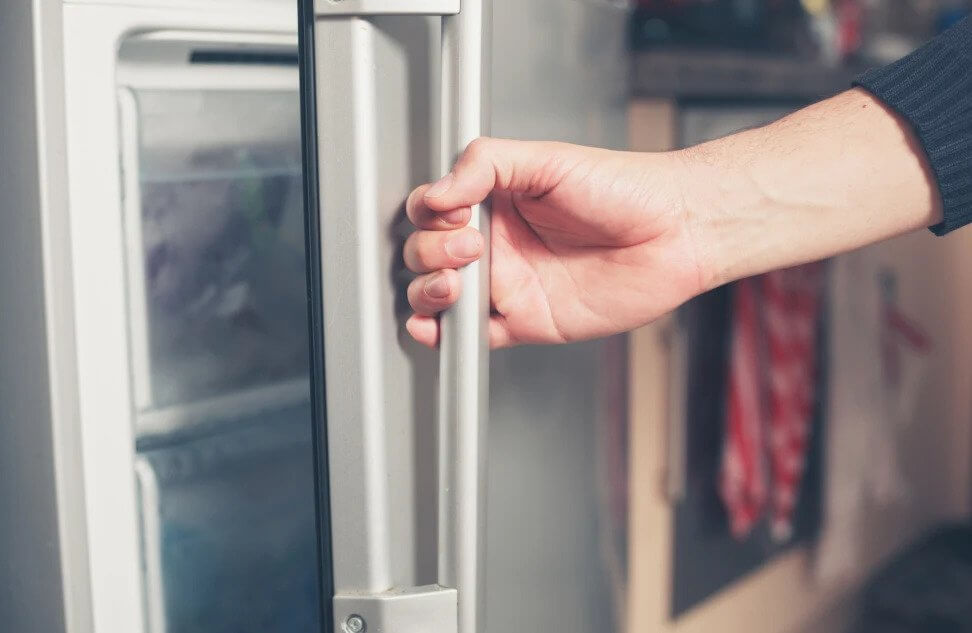
Best practice may be obvious, don’t “hang out” unnecessarily long with the fridge door open, and don’t underestimate the effect of having a quick think before you open the fridge.
Knowing what you want before you get there will minimize hang time, and likewise minimize the money coming out of your wallet.
5: Secure those seals
The rubber seals on your refrigerator doors play a vital role in maintaining temperature. For example, when you go outside on a freezing day do you leave your jacket unzipped and exposed to the wind? Of course not! You button, zip up, and seal that heat in.
Your fridge seals work on the same principle; fridge seals work to shut in the precious cold air and insulate the appliance, preventing cold air leaking at the seams.
It might sound simple, but in all honestly when was the last time someone checked to see if the seals on your fridge is in good condition?
If you see any of the following, it’s definitely time for you to find replacement seals:
- Your seals have become moldy, cracked, or brittle.
- The door no longer holds shut and pops open at random.
- Large temperature fluctuations, leading to excessive ice build-up, or water leaks.
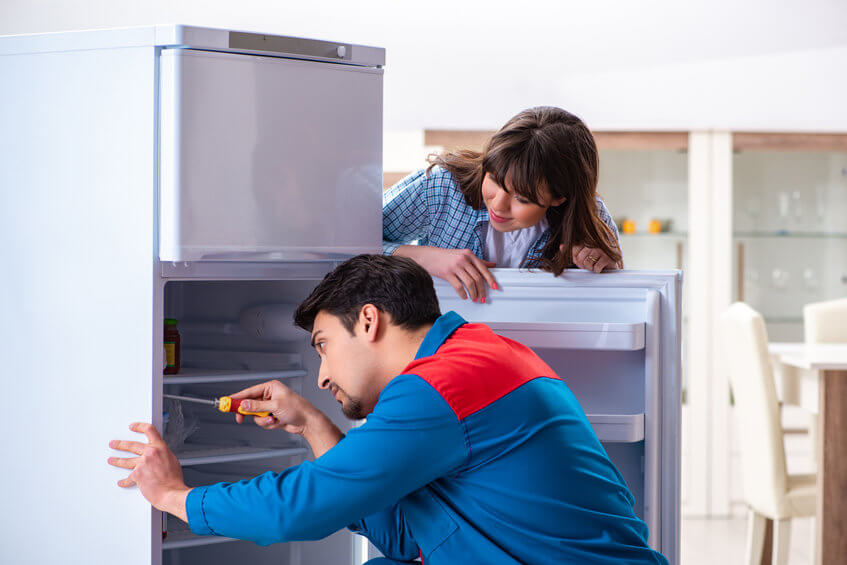
It takes less than 2 minutes for a quick inspection, and less than 5 minutes for a repair. But having good seals are energy and money-saving! Take a look, you might just be glad you did.
6: Maintain correct temperature settings
What temperature is your fridge set at? Most of us don’t remember or take notice after we’ve first turned the fridge on after unboxing. However, expert analysis has shown that there is an optimum temperature, for both food longevity and energy usage.
Sustainability Victoria – an Australian based authority on efficient appliance usage advises anywhere from 0 – 4 degrees Celsius with the most optimal functioning temperature at approximately 3 degrees.
If your fridge runs at a warmer temperature outside this range, you can expect your food to start going funny quite quickly, as microorganisms have sufficient warmth to grow and multiply.
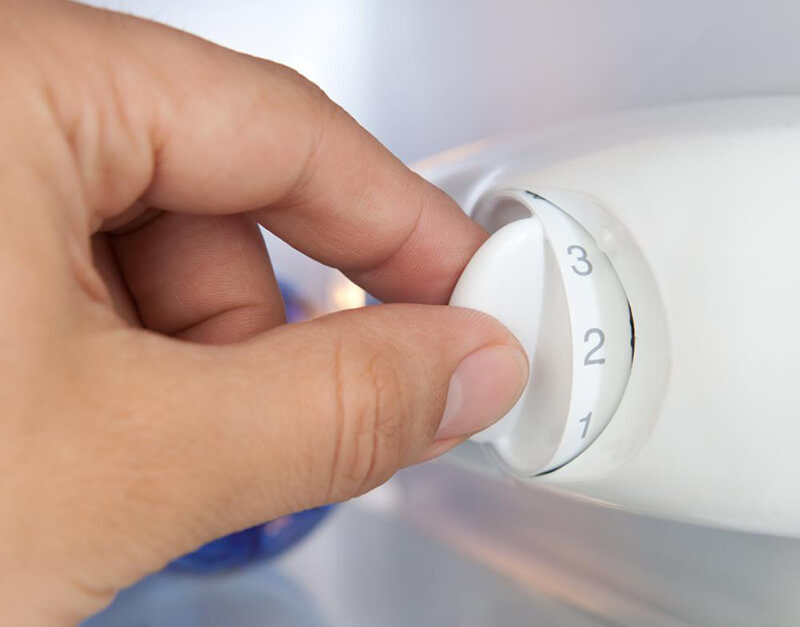
But for every degree below that recommended temperature, you’re increasing running costs by up to 4 percent without any significant increase in food longevity. In other words, you’re wasting money.
A correct temperature setting on your refrigerator puts money straight back into your wallet, and the best part – it takes less than 60 seconds to rectify.
7: Elect for energy efficient fridges
“This one has 3 stars but this one has 3.5 stars… which one do I buy?” – Sound familiar?
Appliance manufacturers, according to Australian law, must provide a star number to indicate the overall energy efficiency of any appliance. For example that 3.5-star appliance we just mentioned uses less energy than the 3-star appliance to get the same job done – it’s cheaper to run.
Before deciding which fridge or freezer you’ll purchase, compare the star rating across different models, remember this energy saving will be reflected over years of ownership, not just days or weeks.
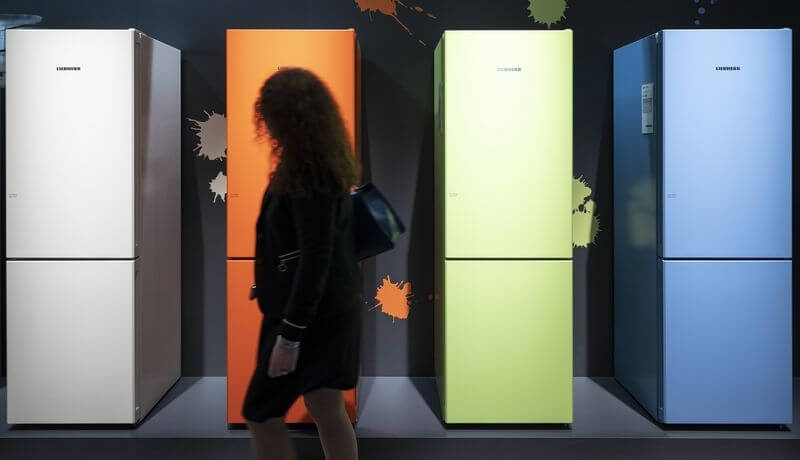
Although you might be looking at saving money by grabbing an older fridge or something a little cheaper, over the cumulative years of ownership, it could end up costing you more – a lot more – in power bills!
Appliances are also no longer available in just the 1-6 star range but actually can range from upwards of 7 to 10 stars! Spending a little more in the beginning (if you can), is the smart move. Buy a high-star appliance to have an equally low future power bill.
8: Cool food before storing
We’re all familiar with the concept of putting food in the fridge to stop it from going off, otherwise we wouldn’t have a fridge in the first place! However, there’s a little more finesse required than just throwing steaming hot food into the fridge as soon as possible if we’re looking to save energy.
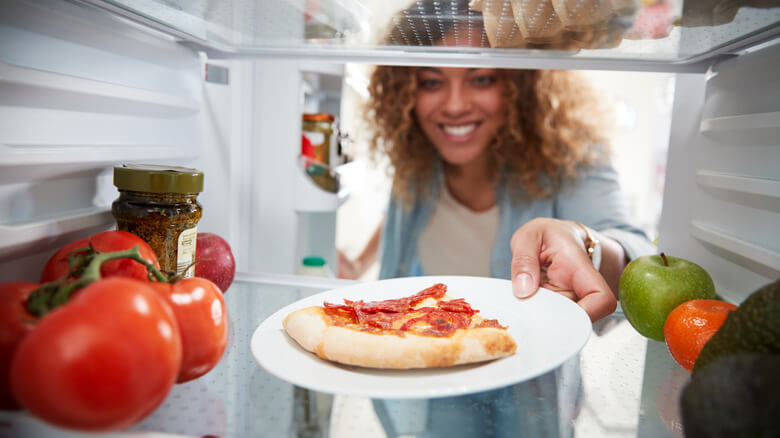
The energy required to cool a boiling hot meal down to the aforementioned 3 degrees is huge compared to cooling down a meal that’s already cooled down a bit. This means the effect on your wallet is also going to be significant.
At Sarros, we recommend only putting in food that is below 40 degrees in the fridge, as anything hotter will start to leech heat into other items, and force your fridge to work more. Just don’t leave food out for too long.
Some people find that, to speed up the cooling process, placing your food container in a small ice bath, or cool water bath before depositing it in the fridge works wonders. This way you can get rapid cooling without stressing out your fridge, saving money and preserving your food quickly.
Additionally larger amounts of food take more time to cool down, to save on energy, try wrapping or boxing food into smaller containers or amounts, this also makes it easier to reheat in single serves and avoid wasting food – a win-win.
Small changes for big results
Saving energy need not necessarily mean a complete overhaul of your everyday life, but rather it begins in the small things we do each and every day.
These tips only require a few minutes at best, so implement them if you want to reduce your impact on our environment and save on your electricity bill.

